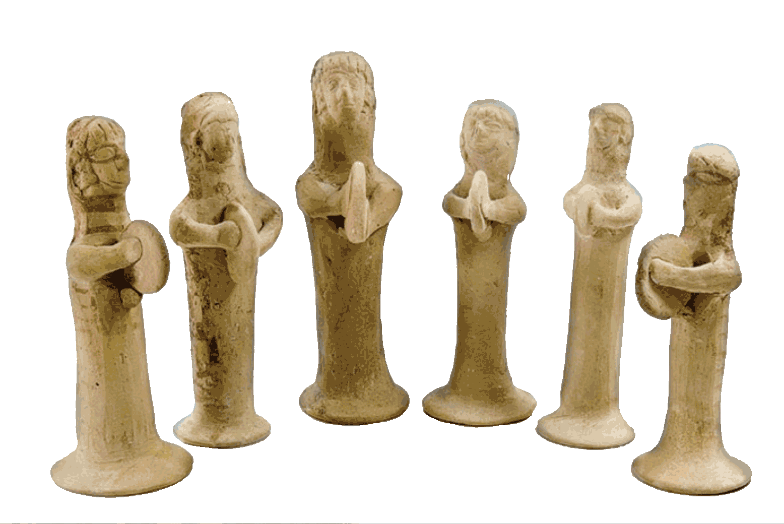Articles
Eastern Ashkenazi Biblical Cantillation: An Interpretive Musical Analysis
Jewish cantillation—the intoned reading of Torah, Haftarah, and other Biblical texts in liturgical contexts—has attracted the attention of scholars ever since the day of the Renaissance Humanists. The Hebrew chanting depends on the text, and is determined by the te’amim (Masoretic accents) located above and below each word. However, the chant also has clear musical features, with a variety of scales, motives, contours, resting pitches, final pitches, and affects. In the present paper, I will provide a new perspective on musical features of Jewish cantillation in the Eastern Ashkenazi tradition, a tradition that developed in the areas that comprise today Lithuania, Belarus, Western Russia, Ukraine and Poland and is now widely practiced in Ashkenazi congregations around the world. There are six sets of melodies or “modes” in the Eastern Ashkenazi tradition of Biblical cantillation; I will characterize each mode with a variety of music-analytical tools (not only in terms of scales, as is often done), compare the modes with each other, and suggest hearings that link them with their respective texts and liturgical occasions.




